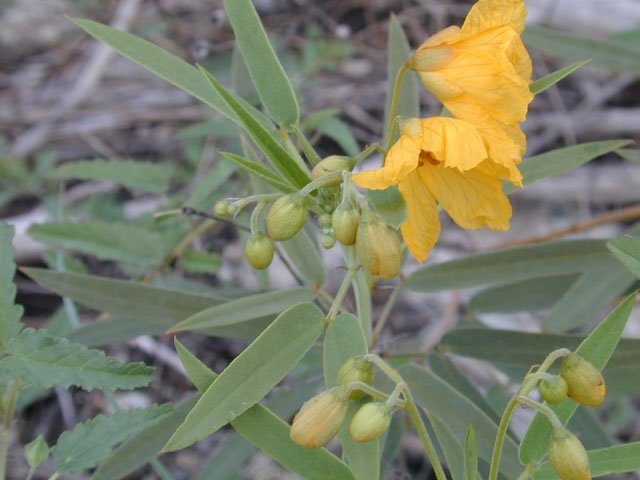The Genus Senna
Family: Fabaceae
This diverse genus is native throughout the tropics, with a small number of species in temperate regions and consists of about 302 species at the time of writing this entry. They range from being small perennial plants to tropical trees. There are 14 species in Arizona. Many species of Senna were formerly known as a Cassia species.
We are interested in the native species of Senna here. In recent decades, the Australian sennas have become popular. They make nice shrubs, but compared to the native species of Senna which are larval hosts for numerous butterflies, and service all sorts of native bees, the Australian Sennas only seem to attract domestic (non-native) bees. They are also starting to become invasive, escaping cultivation and showing up in the desert.
Desert tortoises eat the plants. Flowers are nectar rich and visited by many butterflies, bees, and more. Some species of native bees exclusively use Senna species. Butterfly larval plant for the Sleepy Orange (Abaeis nicippe), Cloudless Sulphur (Phoebis sennae), southern dogface (Zerene cesonia), Mexican Yellow (Eurema mexicana), Boisduval's Yellow (Eurema boisduvaliana), and moth larval plant for the Genista Caterpillar (Uresiphita reversalis), Salt Marsh Moth or Acrea Moth (Estigmene acrea), and the Black-tipped Rudenia Moth (Rudenia leguminana).
The native sennas are interesting not only as wildlife plants, but have interesting chemistry. they have been studied for their beneficial effects arising from the abundance of phytochemicals, bioactive components and antioxidant and antimicrobial properties.
Twin-Leaf Senna (Senna bauhinioides) Small shrub only growing a little over a foot high and wide. Yellow flowers appear in spring through summer. Flowers are followed by small legume pods full of small seeds. Photo by Sue Carnahan, SEINET
Desert Senna (Senna covesii) Small subshrub growing to about 1.5’ high x 2’ wide. Popcorn-yellow flowers appear in warm weather. Reseeds readily. This is the most common. Photo by Joanne Lowry, iNaturalist.
Velvet Senna (Senna lindheimeriana) This is an herbaceous, usually deciduous (though in many parts of our area, evergreen), velvety shrub growing about 4’ tall x 3’ wide. Yellow flowers from June until the end of fall followed by small legume pods full of seeds. Plants reseed in the landscape readily. Photo by Sue Carnahan, SEINET.
Two-Leafed Senna (Senna roemeriana) An herbaceous perennial, usually deciduous, reaching about 1-2’ tall and wide. Yellow flowers appear in warm weather followed by seedpods. This species closely resembles Senna bauhinioides but has pointier leaves. Photo by Joseph Marcus, Lady Bird Johnson Wildflower Center





